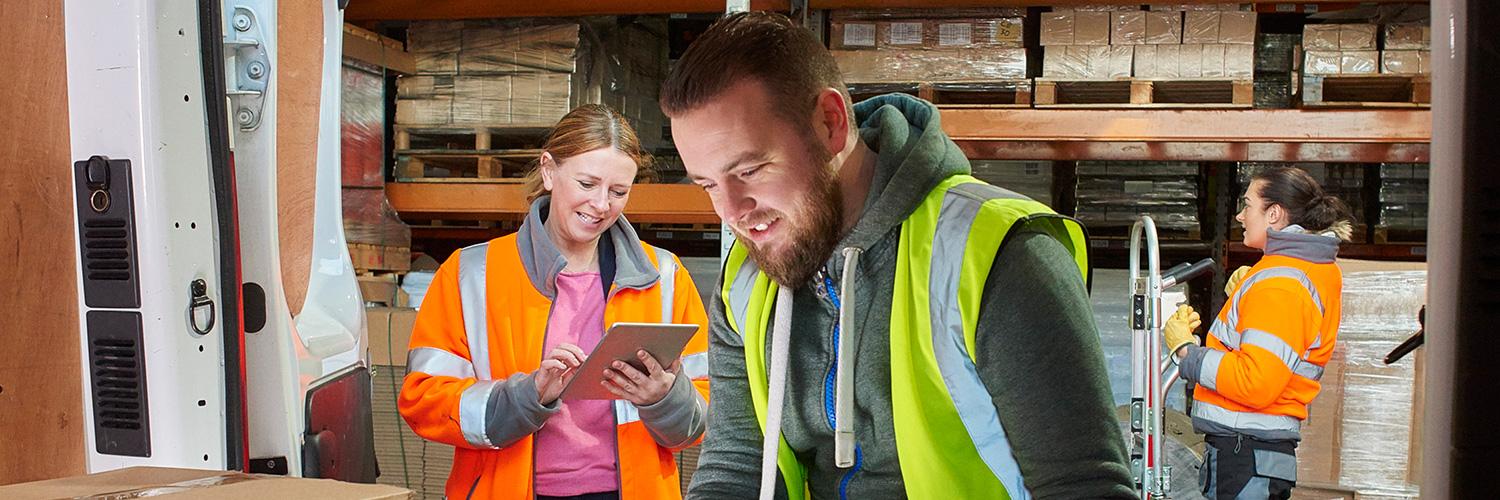With the UK aiming to ban the sale of new petrol and diesel vehicles from 2030, businesses are beginning to focus on fleet electrification across all vehicle segments, including the practical challenges of incorporating electric vans into a commercial vehicle fleet. Understanding the realistic operational capabilities of an electric LCV (eLCV) is crucial to an effective electric fleet transition process. Two key questions routinely faced from fleet operators looking to adopt eLCVs are “what is the real-world range?” and “what impact, if any, does the payload have on this range?”. It was for this very reason that Arval commissioned an independent and scientific trial, to examine eLCV performance in a variety of real-world driving conditions. This guide sets out the key results from that research as well as addressing other areas to consider when looking to start integrating eLCVs in your fleet:
- How do you choose the right van?
- How do eLCVs perform in the real world?
- How do I allow for charging?
- What’s the cost impact?
To find out more and help you plan with confidence for a smooth, gradual and effective fleet transition, fill in the form below to receive your copy of our eLCV transition guide.




